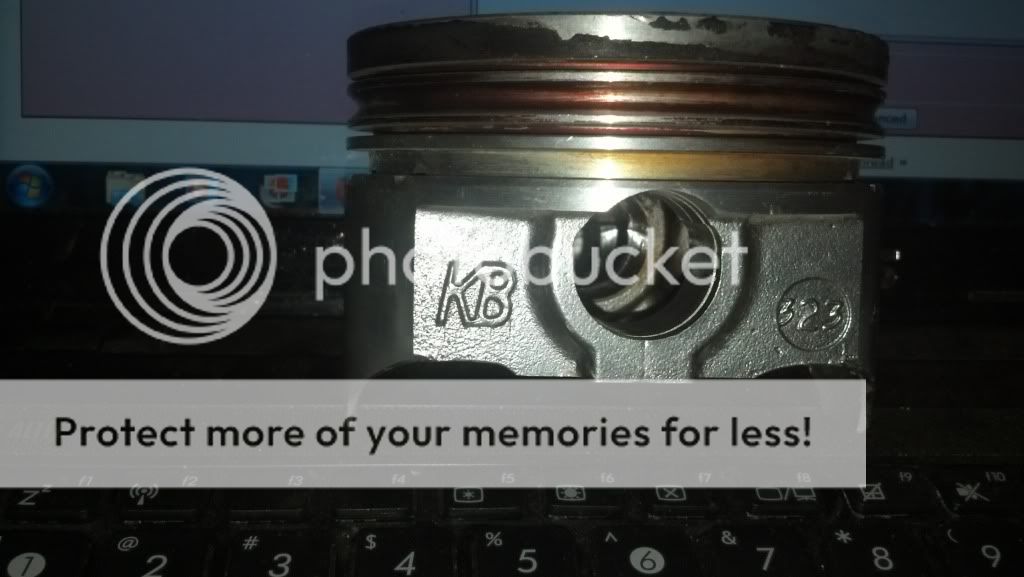The other night I tried using a gasket from napa with the sticky adhesive built in on one side. I stuck that side to the tstat housing and used some indian head on the other side. Then I bolted it up alternating both screws up to spec which I used some permatex thread sealant on. I filled with coolant 3 days later because I did a champion 2 core radiator, b&m trans cooler, water pump, fan clutch and cleaning. The tstat housing leaked from the bottom like crazy.
I must have done something wrong, not sure what. So I pulled it off, used a new paper gasket and cleanly smeared a little red rtv on both sides of the gasket, reinstalled snug, then let set for 15min and torqued to spec. It doesn't seem to be leaking now.
I smeared an even coating, just enough to where I could still lightly see a bit of the gasket peaking through. After it was done I had hardly any rtv sticking out so I think I'm safe on the inside (hopefully).
I did the water pump with indian head only and it seems ok.
What did I do wrong the first time with the tstat housing?
Is my current rtv version safe (I don't want to kill the new radiator)?
I also feel like there should be 3 screws in the tstat housing, not 2. oh well, I didn't design the part =)
I should also add that both surfaces even after a good cleaning, I used scotch bright, brake cleaner, and a wire brush, were really pitted and didn't seem true.




